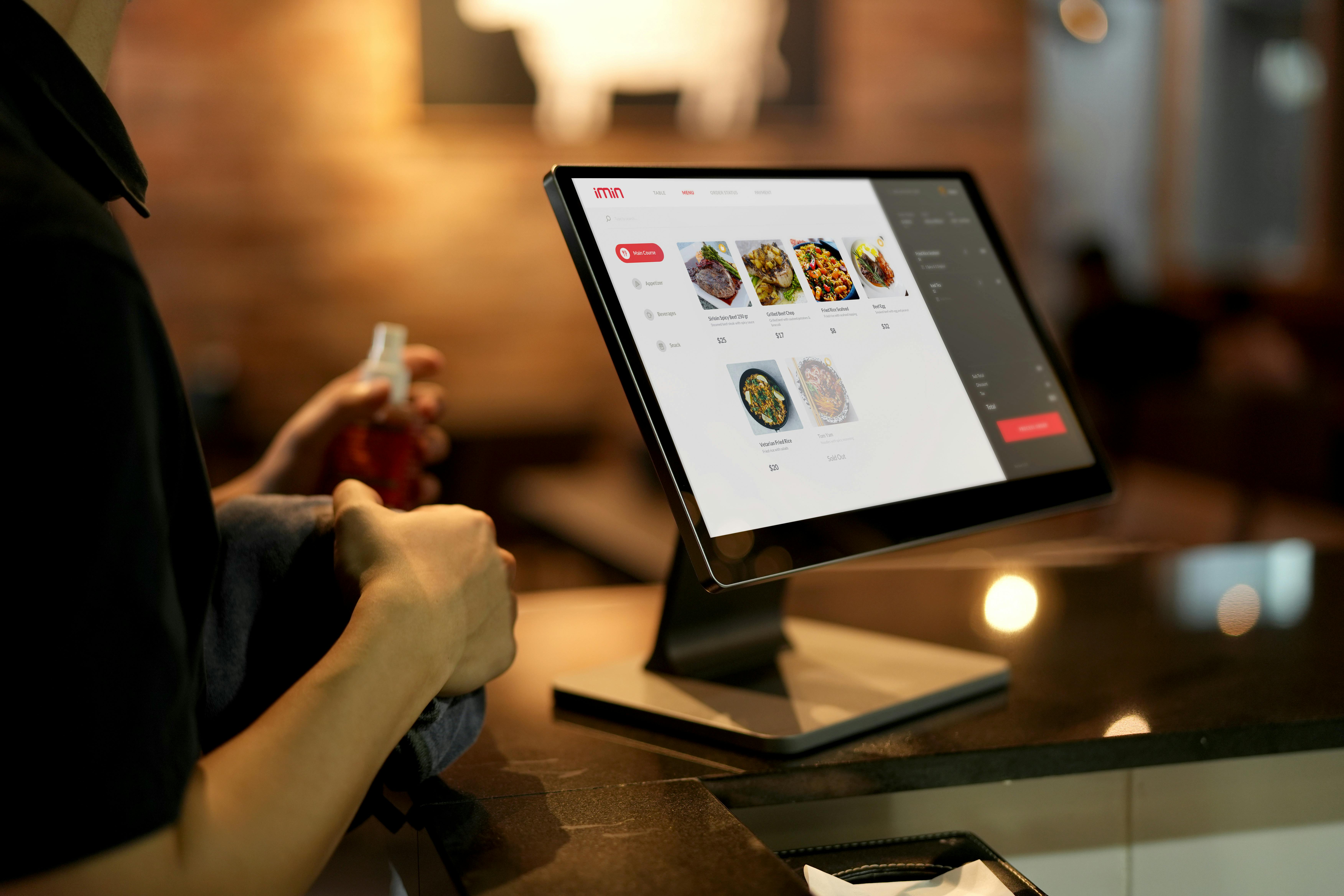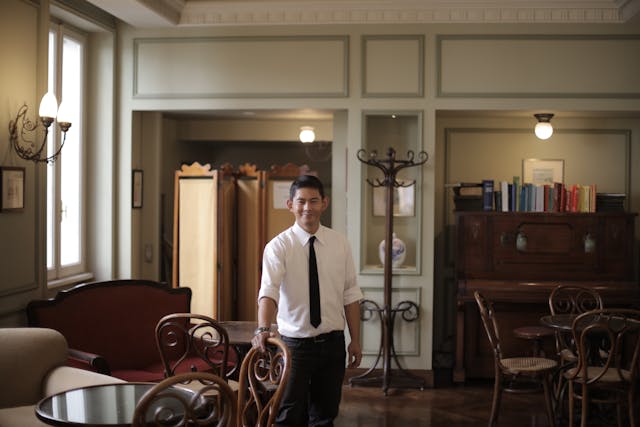Smarter Inventory and Menu Optimization with AI Insights
Learn how AI systems optimize restaurant inventory, reduce waste, and prevent stockouts through predictive analytics with the help of AI development services.

Here's a scenario that happens way too often: A busy restaurant tosses $50,000 worth of perfectly good food in the dumpster every month. At the same time, they're telling customers "sorry, we're out of that" for their most popular dishes. Sound familiar?
This mess is costing the food industry over $1 trillion every year. But here's the thing - AI is changing the game completely. Smart restaurants are now using AI to predict what customers want, when they want it, and exactly how much to order with the help of tailored AI development services.
Think about it - we use AI to recommend movies and predict traffic patterns. Why shouldn't restaurants use it to figure out if they need more chicken wings this weekend?
Why Traditional Inventory Management Falls Short
Restaurants often order the same amount of supplies every week based on the average number of menu items being ordered. After that, managers cross their fingers and hope for the best.
Here's what usually happens:
- Fresh ingredients spoil while sitting in storage
- Popular menu items run out during dinner rush
- Staff waste time counting inventory manually
- Nobody knows what's actually selling until it's too late
Not only that, but traditional systems aren't equipped to handle surprises. Weather changes? Local festival in town? Trending TikTok video featuring your signature dish? They just assume every day is exactly the same as last Tuesday.
How AI Actually Works for Restaurants
AI systems sound fancy, but they're really just super-smart pattern recognition systems. Instead of guessing what customers might order, AI looks at tons of data to make educated predictions. Many restaurants rely on specialized AI development services to design and implement these systems, ensuring they capture the right patterns for their unique operations.
Here's what these systems actually track:
- Weather patterns - Rainy days mean more soup sales, sunny days boost salad orders
- Local events - Concert at the nearby venue? Better stock up on late-night snacks
- Social media buzz - Someone posted your dessert on Instagram? Prepare for a rush
- Historical data - Not just "we sold 50 burgers last Wednesday" but deeper trends
- Seasonal changes - Pumpkin spice everything in fall, lighter fare in summer
The cool part? These systems get smarter over time. Every order, every sale, every "sorry we're out" teaches the AI something new about your customers.

Smart Menu Engineering (It's Not as Complicated as It Sounds)
AI insights help restaurants build better menus, not just manage inventory. Think of it as having a really smart consultant who never sleeps and loves analyzing data.
AI can tell you things like:
- Which dishes make you the most money (hint: it's not always the expensive ones)
- What ingredients you're wasting the most
- Which menu items work well together for efficient prep
- What customers actually want vs. what you think they want
For example, maybe you discover that your "signature" expensive steak dish only sells 5 times a week, but your simple pasta makes more profit and uses ingredients from 6 other dishes. That's valuable intel.
Real-Time Inventory That Actually Makes Sense
Remember manually counting inventory every week? Modern AI systems make that feel as outdated as using a flip phone.
Modern AI systems know exactly what you have, what you're running low on, and what needs to be used before it expires. But here's where it gets really smart - they can suggest menu specials to use up ingredients before they go bad.
Picture this: Your AI notices you have too much salmon that expires in two days. Instead of letting it spoil, it suggests running a "Salmon Special" promotion and automatically calculates the best price to move inventory.
To build these kinds of smart, customized systems, many restaurants work with an AI development company that understands both technology and day-to-day operations.
Preventing the "We're Out" Problem
Nothing kills the dinner experience faster than hearing "sorry, we don't have that." Modern AI systems that help restaurants stay ahead of these situations before they happen.
The system might notice you're selling mac and cheese faster than usual. Your AI can alert you before those days so you can prepare, restock, or promote other dishes.
Building the Right Solution for Your Restaurant
Most restaurants see real improvements pretty quickly when they implement AI systems:
- 50-70% less food waste within the first few months, as demonstrated with an AI-powered waste management trial in an IKEA kitchen and Kitro using similar systems in their food service locations.
- Better customer satisfaction because popular items stay in stock
- Less time spent on inventory management (your staff can focus on customers)
- Smarter purchasing decisions that actually save money
The key is finding the right technology partner who understands both AI and the restaurant business. Custom solutions work best because every restaurant has different challenges - your local diner needs different features than a high-end steakhouse. Companies like DevTeam Space can create AI solutions that actually work in the real world of restaurant operations.
The Bottom Line
Running a restaurant is hard enough without throwing away money on wasted food or losing customers because you're always out of their favorite dish. AI development services that focus on practical solutions aren't some futuristic fantasy - they're tools that smart restaurant owners are using right now to run better businesses.
The restaurants that figure this out first are going to have a huge advantage over competitors still doing everything the old way. While everyone else is guessing what to order and hoping for the best, you'll know exactly what your customers want before they do.







